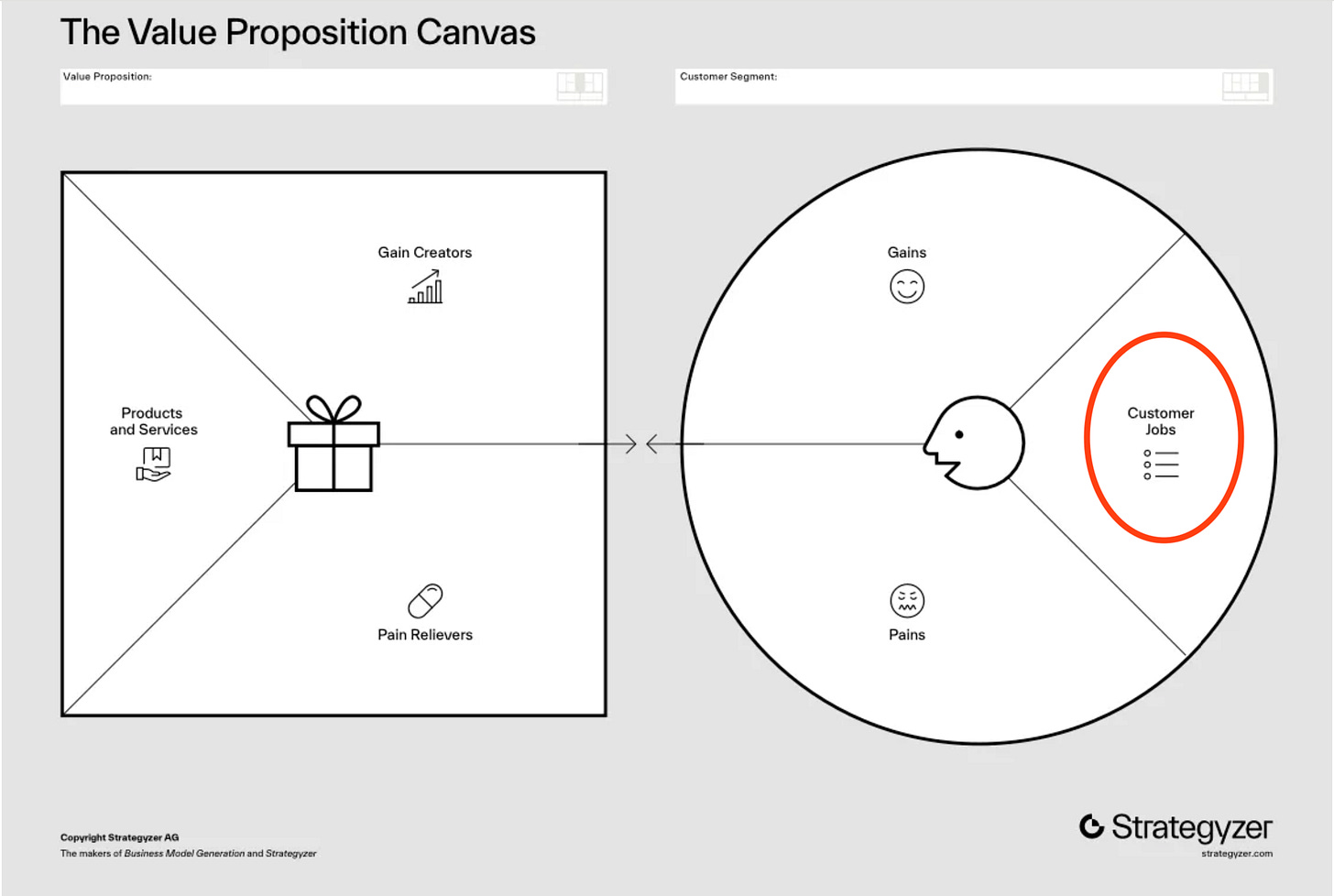Imagine trying to design a digital tool without direct access to your end users. That’s the reality for many solo designers like myself.
A Design Thinking practitioner should focus on getting to know the target users well before ideating solutions to meet their needs.
In an ideal world, there would be unlimited access to representative users who willingly participate in interviews, fill in surveys, and allow designers to follow them around in order better understand their daily lives.
Unfortunately, such an ideal world does not exist.
Recruiting users for research or user testing is a real struggle for many - and especially for lone practitioners.
I am at such a roadblock. What are the possible solutions?
Let’s explore together.
To recap, I want to build a digital tracker for OCD patients to easily track episodes of triggers, responses, and thoughts. As a participant of an OCD group therapeutic programme, I was inspired to innovate after being asked to track data in an analogue way (Word document).
At first glance, you’d assume I have direct access to my fellow group participants. In reality, these sessions are facilitated and confidential, and directly reaching out to the group would compromise the therapeutic environment and participants' privacy.
This is a frustrating situation, to say the least.
However, I can also see this from another angle.

The core design of the tracker mimics the standard analogue record sheet provided by the psychologist team. Each week, the group is given clear instructions with accompanying literature to learn.
In other words, I do not need to interview end users to understand the jobs they need to do - I can design the core features by reviewing the materials given and consulting the psychologist if needed.
“Jobs to be done” is a useful concept in the Design Thinking toolbox. Let me elaborate.
What users need to accomplish - or “Jobs to be done” - is part of the Value Proposition Canvas developed by Alexander Osterwalder, a strategy and innovation expert. His model, the Business Model Canvas, is a popular visual tool related to the Design Thinking discipline and is used to develop innovations that are desirable, viable, and feasible.
As shown in the diagram below, half of the Value Proposition Canvas focus on Customer Profile which is divided into 3 parts:
(circled) Jobs to be done which can be functional, social, or emotional
Pains are experiences that frustrate customers while they try to do the job
Gains are positive outcomes when they successfully complete the job
What I find interesting about the “Jobs to be done” model is that it is not just about the task at hand (functional job), but also users’ emotional and social jobs.
In my case, the functional job is obvious - to easily and accurately fill in OCD records. The Emotional job is “overcoming OCD to feel better in life”. There is no Social job to be done.
Moving forward, my next challenge is to find representative users to review my prototype. One creative solution is to reach out to friends and families who may not have OCD but can at least review the design flow based on test scenarios provided (e.g. “press “record” to start recording” or “select an option from the drop down list:).
By using friends and family, I can still gather essential insights on usability—making sure the tracker flows logically and easily for any user, regardless of their experience with OCD.
Ideally, if the opportunity arises, I would love to connect with the psychologist team to see if they would consider introducing the prototype to some participants under guidance. I’ll approach this carefully, recognizing that data security and ethical considerations are paramount in patient health contexts.
This challenge has reminded me that sometimes, we have to creatively work within constraints. There are times we simply must focus on what can be done rather than what ideally should be done. While this is far from perfect, it still offers valuable insights and a path forward in designing a solution that could genuinely improve lives.
Through this process, I continue to modify the textbook version of Design Thinking so it can be usefully applied to all situations even by solo practitioners with very limited resources.
I look forward to writing my next log in this series.
Meanwhile, I would love to know if you have ever faced the same challenge and if so what did you do?
Previously in this series:
Build Log #0: Follow me along my Journey of Innovation
Build Log #1: Create a way out of Tedious Analogue Tracking
Build Log #2: Tips on organizing Initial Thoughts



